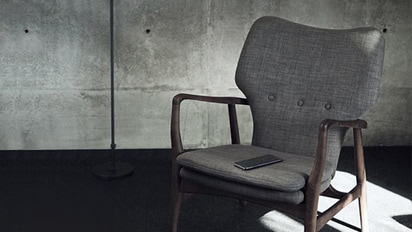The following factors are what causes improper defrost.
-
Type of cookware
Not all dishes are microwave safe. Check the specifications for the cookware. If it is not approved for microwave cooking, do not use the cookware to cook food in MWO.
Cook Ware For microwave oven Ceramic china or Pottery
Ok
Heat-resistant glass
Ok
Heat-resistant plastic over 120oC
Ok
Ordinary plastic
Use with care (cooking shortly)
Ordinary Glass
Use with care (cooking shortly)
Wood or paper
Use with care (cooking shortly)
Metal
Don't use
Metal treamed utensils
Don't use
Wrap (vinyl)
Use with care
Vinyl pack
Use with care
Most heat resistance, non-metallic cookware is safe for use in your microwave oven. Some dish (melamine, ceramic dinnerware, etc) absorb microwave energy and become too hot to handle. Cooking in metal containers not designed for microwave use could damage the oven, so are containers with hidden metal (twist-ties, foil lining, staples, metallic glaze or trim).
-
Food stiring during cooking.
If the food is not completely defrosted before cooking, it will cause uneven cooking. For best cooking results, defrost the food before choosing a cooking cycle.
Quick tips for frozen
-
Remove the fish, selfish, meat and poultry from its original wrapping paper or plastic package. Otherwise, the wrap will hold stram and juice close to the foods, which can cause outer surgace of the food to appear cooked.
-
The lenght of defrosting time varies according to how solidly the food is frozen.
-
The shape of the package affects how quickly food will defrost. Shallow packages will defrost more quickly than a deep block.
-
Depending on the shape, food can be defrosted faster or slower.
-
-
Need more support?
If you still have issues related to your unit, check our large community forum. LG Ask the Community is a platform where people using the same LG products discuss and resolve product issues.
Visit Community Forum

Sanmi is a Home Appliance expert and author of this help library article. Please leave him feedback below about the page.












